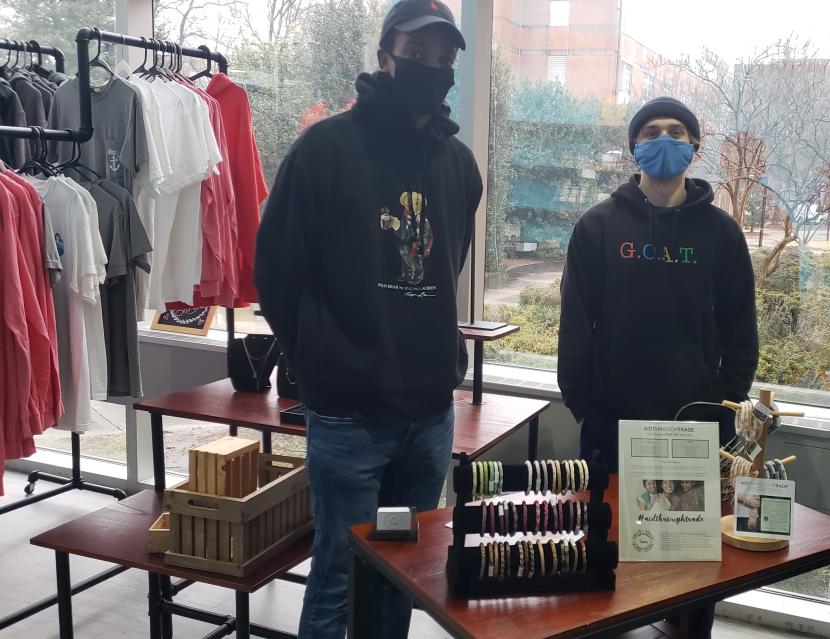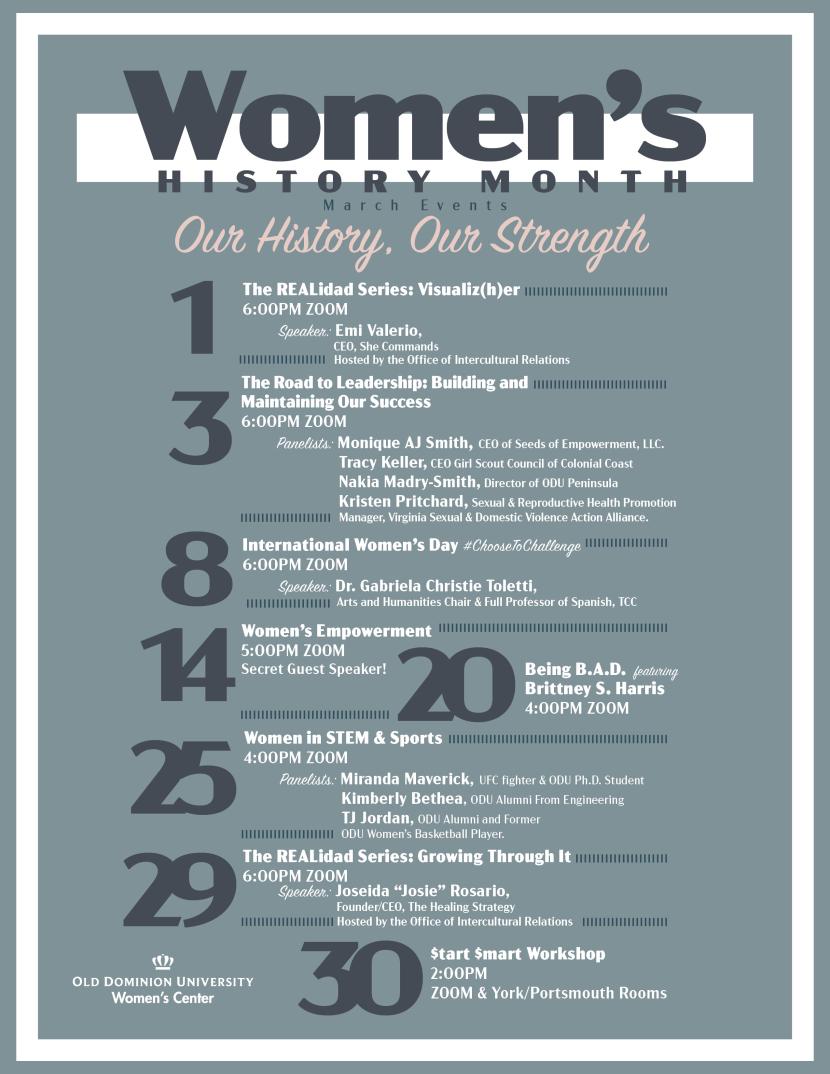Emily D. Campion
Sheila K. Keener
The COVID-19 pandemic has forced many people to work from home and attend seemingly endless remote meetings. Researchers from Old Dominion University and The Ohio State University co-authored an article for a prestigious journal that addresses how to make all of that added screen time less fatiguing.
Assistant Professors of Management Andrew A. Bennett, Emily D. Campion and Sheila K. Keener of ODU'S Strome College of Business collaborated on "Videoconference Fatigue? Exploring Changes in Fatigue after Videoconference Meetings during COVID-19" with Kathleen R. Keeler, Assistant Professor of Management and Human Resources at The Ohio State University's Max M. Fisher College of Business. The article appears in the Journal of Applied Psychology, one of the top academic journals in both management and psychology.
"When we started this study, it was because we felt that videoconferences seemed much more exhausting than teleconferences. We had this initial idea that it must be something caused by the looking at yourself or other people a screen," Bennett said. "The results surprised us because this isn't what seems to be occurring at all."
Instead, as Campion puts it, "Feeling like you belong with the group is so tremendously important on a videoconference, and from our results, higher group identity was related to less fatigue after a meeting - whereas having your camera on or looking at yourself more often was not."
"What really surprised me, contrary to recent reports and even our own initial ideas, was that videoconference duration did not impact end-of-meeting fatigue," Keeler said. "In fact, having more meetings each day did not impact end-of-day fatigue either. Rather, the time of day of the videoconference meeting did matter - and it's essential to take into consideration each person's natural energy trajectory each day."
The researchers tested many ideas previously discussed in the media about combating Zoom fatigue using a novel approach of assessing each worker's fatigue after each videoconference for one week rather than asking about a typical meeting. Among their key findings:
Pick the right time for meetings: A study of individuals working a 9-to-5 job from home found that videoconferences held late in the day were more frequently fatiguing. However, meetings held early in the afternoon, right after lunch, seemed to reduce fatigue.
Create a feeling of belonging: The researchers found that individuals were much less fatigued after a videoconference when they had a high sense of connection with others in the group. They suggest those leading meetings provide opportunities for nonwork-related, small-group discussions to help build relationships.
Participants should use mute when not talking: This avoids anxiety about making an unintentional noise that would distract others. However, the researchers found that those who felt a low sense of connection with the group felt more tired after the meeting if they were muted themselves. The researchers believe that being an active participant would help in these situations.
"Overall, we think this study has tremendous implications for people who are working remotely now or will be in the future, and can certainly impact human resources practices, too," Keener said.








